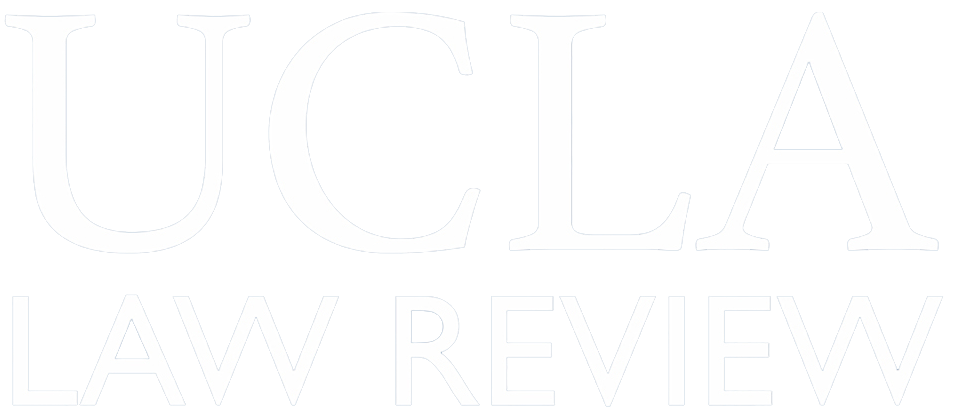Abstract
Alternative school police initiatives have recently received significant scholarly and policy attention. From their implementation throughout several school districts nationwide, many scholars, advocates, and policymakers have grappled with two key questions: What replacement for school police officers could both keep classrooms safe and does not result in profiling aimed at Black students? To what extent—if at all—do school police alternatives reflect carceral practices and produce racially disparate disciplinary practices? Central to these early debates are concerns about racial disparities in the oversurveillance and punishment of Black students by these alternatives. Yet when such questions arise, critics typically assert that alternatives make students feel safer in schools. Such anecdotal reporting is indeed true for many students, but such reporting is expressed in conclusory terms without concrete evidence about the impact of alternatives and their actual interactions with students.
This Article provides qualitative evidence of the impact of school police alternative initiatives. I draw on the material experiences of 120 Black students attending schools in the Los Angeles Unified School District. These in-depth interviews revealed two contradictory functions of nonsworn alternative school police initiatives, which I call “auxiliary police.” First, they build relationships with students in care-first, restorative justice roles. Second, they partner with sworn school officers to enforce rules and maintain school safety using information gained from students. In other words, auxiliary police are not merely like the police; rather, they are the police, essentially functioning as law enforcement officers through explicit partnerships with sworn school police officers who take not only take advantage of students’ limited rights.
The findings help to identify and illuminate three questions fundamental to school police reform and abolition. First, the findings cast light on the significance of race and criminalization processes as critical to debates on Black students’ Fourth and Fifth Amendment rights. Second, the findings provide insight into the advantages and disadvantages of the partnership between auxiliary police and traditional school police officers, and how they undermine students’ constitutional rights and complicate community efforts to create police-free schools. Finally, the findings prompt theoretical questions to rethink the role of auxiliary police, including how to exercise more compassion and care from auxiliary police in an era where schools are increasingly relying on and resorting to subjugation through punishment or paternalistic discipline.
